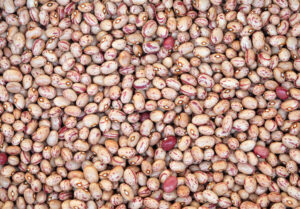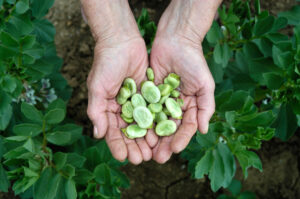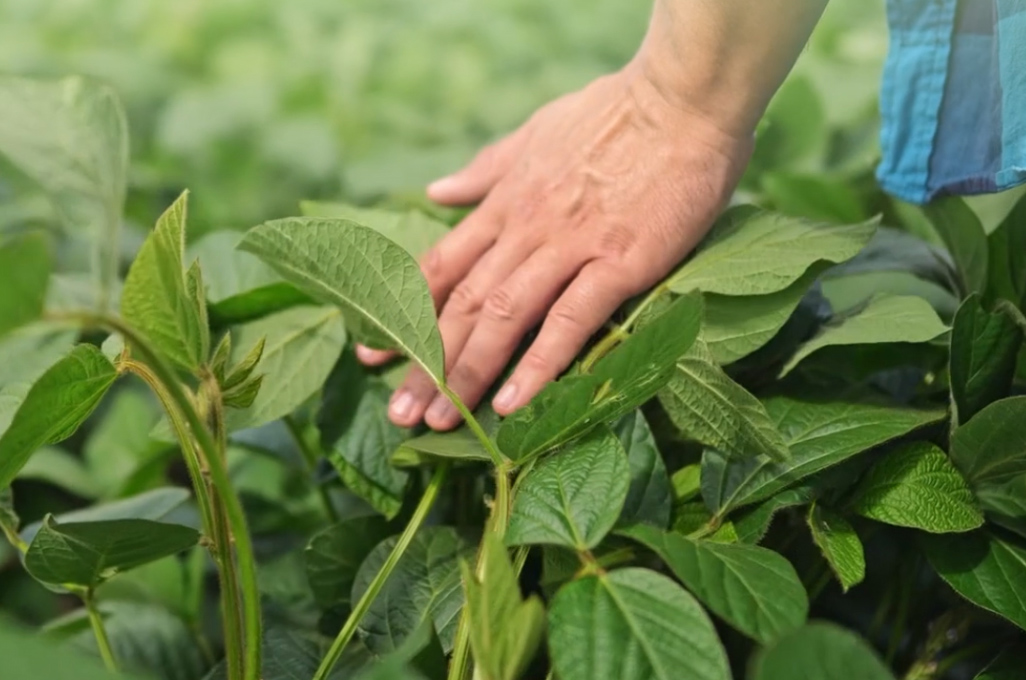By Ferawati Ferawati
A transition towards a more plant-based diet has been suggested as a necessary step to alleviate the environmental burden of the current food system to meet the UN Sustainable Development Goals (Röös et al., 2018; van Vliet et al., 2020). In addition, there is evidence that a plant-based diet benefits human health (Päivärinta et al., 2020; van Vliet et al., 2020). From the environmental perspective, the production of plant-based products is linked to lower environmental footprints (GHGs, land use, eutrophication potential, and water scarcity) compared to the animal-based counterpart (Clark et al., 2022; Saget et al., 2021). For example, Saget et al (2021) reported that plant-based patties have 81-87% less climate change and 92-95% less eutrophication per unit of nutritional density (NDU) compared with beef patties.
As consumers’ awareness about the advantages of plant-based products increases, the market for meat and dairy analogs is steadily growing. However, it is important to note that plant-based products serve as an alternative for people to increase the plant-based proportion in their diet, and it is not to be used as a sole source of nutrition. Diet consists of different products that, in the end, could complement each other and determine the final absorption of the nutrients in the body.

Most commercial meat analogs in the market are produced using the extrusion technique. There are two types of extrusion cooking depending on the moisture content in the formulation. First, low moisture extrusion cooking (LMEC) requires 10-40% water in the formula. The product of LMEC is called texturized vegetable protein (TVP). This TVP is dry and needs rehydration before further formulation or consumption (Schmid et al., 2022). The second type of extrusion technique is high moisture extrusion cooking (HMEC) which requires a higher moisture content, around 50-70% in the formula. HMEC resulted in a high moisture meat analog (HMMA) with a long fibrous structure resembling animal muscle (Schmid et al., 2022). The textural properties and taste of meat analogues are crucial parameters that significantly affect consumer acceptance (Schmid et al., 2022). According to a recent survey in 2020 in the EU, the consumer would like to see more varieties and better resemblance in terms of taste and texture of meat analogues to traditional meat products (Proveg International, 2020).
There has been a significant increase in research on plant-based meat analogues over the past years (Zahari et al., 2022). However, extrusion remains a ‘black box’ and involves many parameters such as temperature, screw speed, protein sources, the interaction between protein and other ingredients, moisture content, etc. (Schmid et al., 2022). Therefore, it also requires a high degree of empirical approaches to produce meat analogues that could satisfy consumers’ acceptance.
Gluten is widely used with soy protein to produce meat analogs (Samard et al., 2019). The viscoelastic property of wheat gluten helps to improve the texture of meat analogs. Wheat gluten forms a continuous, cohesive phase in the presence of water and mechanical force, which then will separate from other phases (soy protein), leading to the folding in an elongated network oriented according to the extrusion flow (Zhang et al., 2022). During extrusion, the formation of two separate phases of incompatible biopolymers, for example, gluten and soy protein isolate, is pivotal for structure formation. In the presence of shear force, it leads to the deformation and alignment of the phases and results in a layered structure (Grabowska et al., 2014; Zhang et al., 2022). Wheat gluten can also be mixed with other proteins, such as from pulses, to aid in structuring the meat analogue (Schreuders et al., 2019).

Some other proteins could also be explored to produce meat analogs as alternatives to gluten and soy protein. From the cereal group, proteins from oat and maize have great potential to be used in the formulation of meat analogs. There has been a commercial meat analog product based on oat protein which shows that it has promising potential. Additionally, zein is reported to have similar properties to wheat gluten and could also form a fibrous structure, according to recent research by Mattice & Marangoni (2020). From the pulses group, proteins from peas, fava bean, and lupin are gaining interest from researchers and food industries due to a lower risk of allergenicity and possible cultivation in the northern hemisphere compared with soybean. Many studies have explored the inclusion of these proteins to produce meat analogs, and the results showed good fibrous meat-like structure formation (Ferawati et al., 2021; Murillo et al., 2019; Osen, 2017; Palanisamy et al., 2019). Other protein sources that are interesting for example rapeseed, hemp and microalgae. Except for soybean, all these raw materials could be found in Swedish agriculture.
Plant proteins generally have a lower protein quality than animal proteins. It is due to the presence of limiting amino acids and antinutrients (Hertzler et al., 2020). One way to address this challenge could be by combining proteins from different groups to complement the amino acid profile. Hence, increasing the protein quality of plant-based food products (Hertzler et al., 2020). Moreover, most antinutrients in plant-based raw materials are heat labile (e.g., protease inhibitors and lectins), which could be completely diminished during heat treatment (Hertzler et al., 2020). On the other hand, other antinutrients, such as phytates and tannins, are heat stable. Phytates and tannins could bind minerals and proteins, which leads to low bioavailability. This issue could be tackled by choosing the species with low antinutrient content or using pre-treated raw materials such as isolates instead of concentrates (Hertzler et al., 2020; Mayer Labba, 2022) or fortification. However, the adverse effects of antinutrients are being re-evaluated, and it is suggested that these compounds might have beneficial effects on health to some extent (Röös et al., 2018).
Our main goal is to obtain meat analogues with apparent anisotropic structures that resemble animal muscle, have a neutral taste, and improved bioavailability compared with existing products in the market. We aim to use combinations of proteins from different sources that could complement each other and improve bioavailability. Moreover, we select the raw materials available in the Swedish value chain. Our innovation project has commenced with selecting potential protein mixes from different groups (Work package 2). There are around 175 different blends that we have tested using a reomixer at lab scale. This phase aimed to evaluate on how the mixtures behave under stirring and heat. Out of 175 mixes, we have selected around 40 mixes to go further to the next phase. The following experiment will utilize a lab-scale twin-screw extruder to evaluate how the selected blends behave and whether they result in an anisotropic structure. From here, we will use the chosen blends in a larger lab-scale twin-screw extruder. We aim to get several prototypes with different anisotropic structures for various applications. The last step will be to scale up the production using an industrial twin-screw extruder. The final prototypes will be evaluated for nutritional and anti-nutritional content and sensory and bioavailability analysis (Work package 3). In collaboration with Peas of Heaven, these prototypes will be used as the raw material for the product development phase in Work package 4.
References

